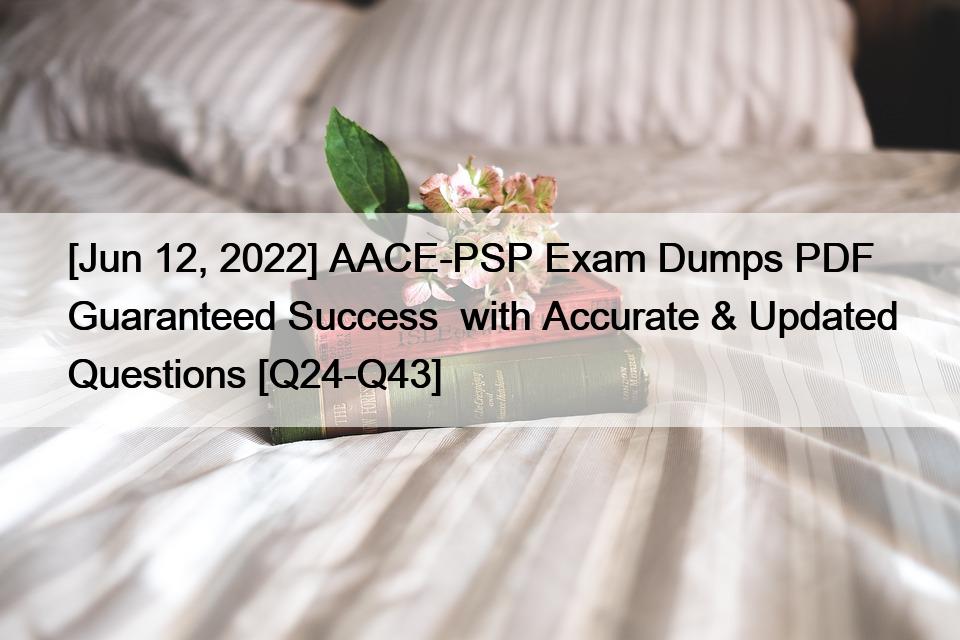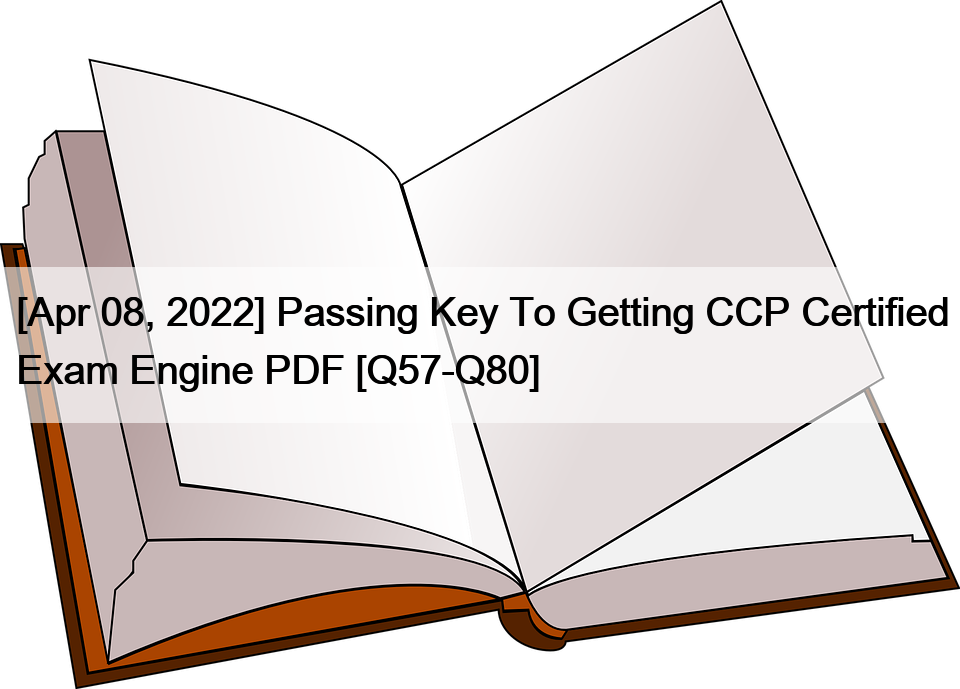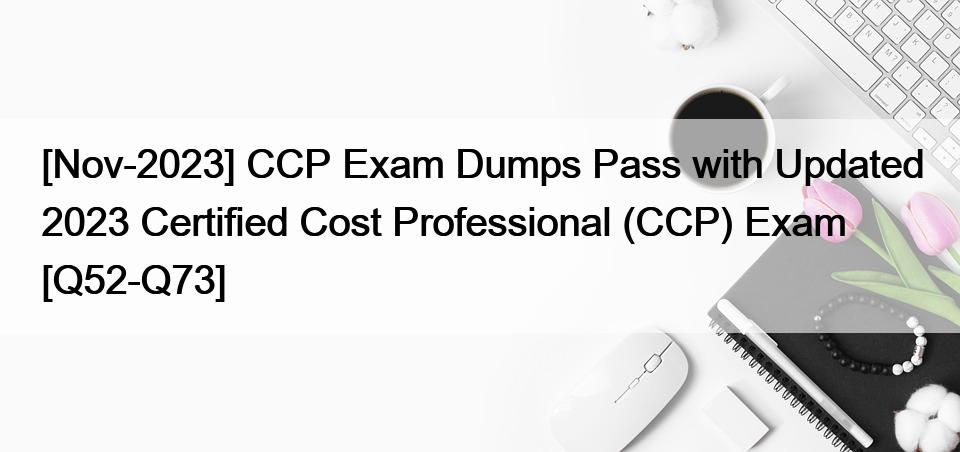[Jun 12, 2022] AACE-PSP Exam Dumps PDF Guaranteed Success with Accurate & Updated Questions
Pass AACE-PSP Exam – Real Test Engine PDF with 120 Questions
Topics of Planning & Scheduling Professional (PSP) Exam
The Planning & Scheduling Professional (PSP) Exam consists of two main sections, Planning and Scheduling, each further broken down into two sub-sections. The core topics for each of the two sections are listed below. These contents are likely to be used for the examination. However, on any particular delivery of the test, other similar topics could also appear.
Applicants are recommended to use these contents and/or other resources including PSP exam dumps where possible to provide background information on the exam objectives. The syllabus for the Planning & Scheduling Professional (PSP) Exam is listed below with detail of each section and their topics:
1. Planning – PLANNING DEVELOPMENT
Learning Objectives:
- Scaling of the planning process must be appropriate and equally weighted to each phase of work to achieve a balanced and usable product.
- When conditions change, the planning process and deliverables should be examined and updated as necessary. The plan for one phase of a project offers a pattern for developing the plan or next phase of the project as well as the project as a whole.
- Understand the fundamental concepts of the planning process and its terminology.
- Recognize that the planning process is a dynamic process repeated throughout each phase of a program or project life cycle.
- Effective implementation of a plan results in a schedule.
Objectives covered by this section:
INPUT & DATA
- Change management
- Identification of Stakeholders
- Contract Requirements
- Contract types
CONSIDERATIONS & CONSTRAINTS
- Stakeholder Consideration
- Project Variables
- Identification of Resources
- Value Engineering
2. Planning – PLANNING PRODUCT
Objectives covered by this section:
OUTPUT & DELIVERABLES
- Establish Cost Breakdown Structure
- Phase Definition
- Define Project Goals
- Sequencing & Phase Relationship
- Define the Scope of Work
- Risk & Recovery Plan
- Establish Organization Breakdown Structure
- Establish Work Breakdown Structure
- Define the Project Plan
- Baseline Plan
3. Scheduling – Schedule Development
Objectives covered by this section:
Input & Data
- Schedule specification
- Cost estimation model
- Define Schedule and scope
- Breakdown structure relationships
- Feedback from stakeholders
Creating Schedule
- Schedule quality analysis
- Constraints and calendars
- Activities
- Types of schedule
- Cost and resources
4. Scheduling – Schedule Maintenance & Controlling
Objectives covered by this section:
Maintain Schedule
- Schedule change management
- Acceleration
- Tracking schedule progress
Output and Deliverables
- Variances and trends
- Constructability review
- Control level schedules
- Management summary
- Progress reports and reviews
- Schedule forecasts
- Recovery schedules
Get New AACE-PSP Certification Practice Test Questions Exam Dumps: https://www.prepawaypdf.com/AACE-International/AACE-PSP-practice-exam-dumps.html



